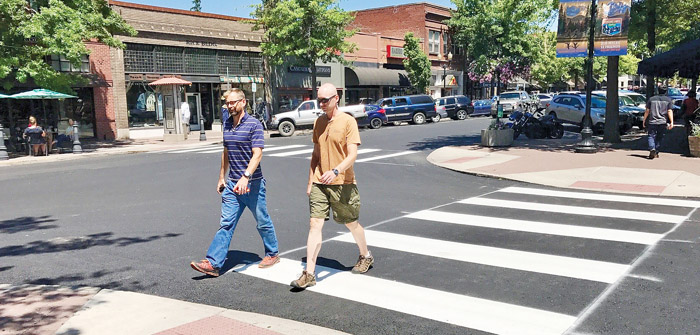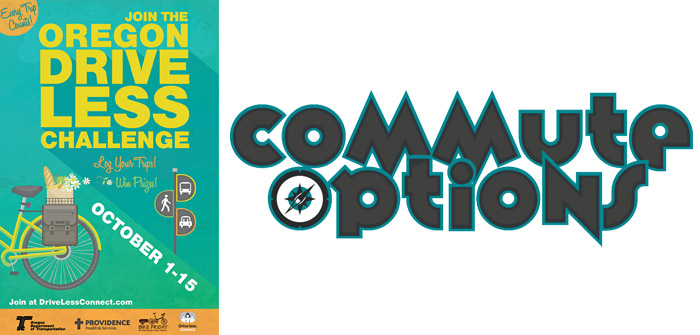
Virtually anywhere you go in Central Oregon—downtown areas, grocery stores, shopping districts and business parks—you have the luxury of ample free parking. In fact, with the exception of high-density metropolitan areas, most of the U.S. enjoys the comfort of free parking with 99 percent of all automobile trips ending in a free parking space.
When we drive to a restaurant or to the gym, we very rarely have to think about parking. This is often due to zoning and development restrictions that require a certain number of parking spaces attached to a building or neighborhood. As Central Oregon begins to boom again, particularly with increased tourism, it’s worth taking a closer look at the true cost of “free” parking.
Is free parking really “free?” In shopping and dining districts such as downtown Bend and the Old Mill District, parking spaces equate to consumer purchasing power. Studies show that in downtown areas of similar size and population, in one year, one parking space equals $30,000 in business sales if that spot has regular and consistent turnover. However, if a business owner or employee occupies that spot for large portions of time, all nearby businesses are affected by revenue loss.
Chuck Arnold, executive director of the Downtown Bend Business Association adds, “Parking is an issue, largely because the downtown parking policies were set in 2002. Since then, downtown business square footage has increased by 47 percent and it’s time to reassess the parking policies in the downtown district.” A typical First Friday Art Walk alone sees 3,000-5,000 people downtown—over 1,000 cars jockeying to find a parking spot to enjoy wining and dining downtown.
Free parking also perpetuates a car-centric culture, resulting in more traffic congestion, noise, air pollution and carbon dioxide emissions. Donald Shoup, professor of urban planning at the University of California, Los Angeles wrote in his book The High Cost of Free Parking, “Minimum parking requirements act like a fertility drug for cars.”
Fortunately, there are many options for businesses and customers to help alleviate the parking crunch. Commute Options offers the Commute Options Partner Program where employees can track their non-single occupant vehicle trips and earn gift certificates from local businesses through www.drivelessconnect.com. Bicycling, walking and taking public transit are also good options and downtown Bend and the Old Mill District both have excellent bike parking opportunities. Downtown businesses can also purchase long term parking permits for the parking lots on the peripheral of downtown, leaving on-street parking free for patrons. “The long term parking permits are a great deal, with permits starting as low as $15/month,” adds Arnold.
Downtown Bend business FootZone of Bend has always taken an active role in transportation options. Since opening its doors in 1997, they have offered an increased “green wage” to employees who use active transportation, like biking or walking, to commute to work. “We absolutely support people walking and riding downtown and we try to instill this culture into our business,” adds owner Teague Hatfield.
“OSU-Cascades opening on the west side of Bend will have added impacts to our downtown parking,” said Jeff Monson, executive director of Commute Options. “Enhanced transit, along with better bike and walk amenities, will encourage students, staff and residents to access shopping, medical, dining and breweries without needing a parking space,” Monson said.
Commute Options promotes choices that reduce the impacts of driving alone. For more information, contact Executive Director, Jeff Monson at 541-330-2647 or visit www.commuteoptions.org.
Katy Bryce is a freelance writer in Bend. www.katybryce.com.





